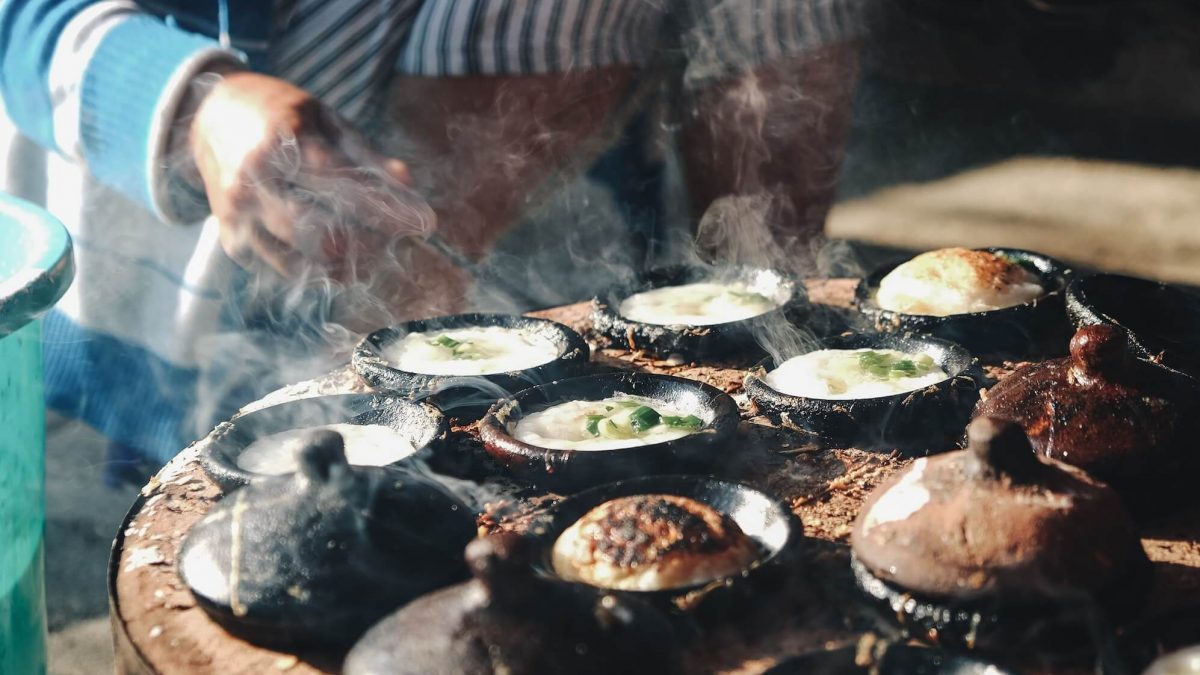Savor Delicious Aromas
{A Written Practice}
Savor Delicious Aromas
This practice is all about appreciating the deep and varied complexity of wonderful smells. As humans, in a culture that is very visual, we are often attending to what we see. Dogs, on the other hand, have a sense of smell 10,000 times more nuanced than our own, and this is their primary sensory world. What would it feel like to really awaken the sense of smell?
This awareness of smell is, for many of us, under-utilized as a restorative resource. Put your sniffer to good use by savoring delicious smells. The aromas from cooking can be almost infinitely varied and complex. As with all practices related to savoring, this is really about allowing ourselves to, as psychologist Rick Hanson says, “take in the good.” We want to build neural structure around things we appreciate and enjoy, things that make us feel good. And the way to do this is to hold them in the spotlight of attention a little bit longer intentionally: to keep the focus on them and allow ourselves to receive them. Many of us have a hard time allowing in the good. Rick says that our brains are like velcro for negative experiences, and teflon for positive experiences. (Teflon is a non-stick coating inside cookware that prevents food from sticking to its surface.) In other words, positive experiences generally don't stick with us, don't enter. They slide right off. This is connected to our evolutionary history, and what is called 'negativity bias.'
We get praised and we shrug it off. We notice something pleasing, and we let our attention move on to the next thing. At a sensory level, with something you want to savor—a moment of connection, a lovely aroma—make it a practice to take it in. You can steady the mind, if you need to, by reminding yourself what you are doing. I’m breathing in this lovely smell. I’m exhaling. Now I’m breathing it in again.. Rick says that in order to take in the good we need to:
1) Really notice what is happening. This is a process of awareness. Let it your attention reside on it. The smell of a cup of coffee. The scent of an antique rose. Allow yourself to notice any feelings of pleasure that arise, and notice if you have resistance to doing this. Resistance to feeling good is perfectly natural. We might feel that we don't deserve it, or that so many people are suffering, or any number of things that can get in the way. But for this moment, see if you can stay beneath thinking, and concentrate on the pleasurable experience.
2) Hold the experience in positive attention for 20 to 30 seconds. This will feel like a long time. It's an opportunity to practice a 30-second meditation with the object of enjoyment as your focal point. If your mind drifts, bring it back.
3) Visualize the experience sinking into YOU. Our advisor Dr. David Mars speaks of a core neurobiological Self. This is the essential self, your best self, your most whole, human, and vibrant self (which for many of us has been obscured by harms (trauma) and disappointments. We want to allow these positive experiences to enter into us at that level, bringing them closer, letting them sink in. You can visualize this. You can feel it viscerally. What is safe, and good, and helpful, see if you can allow to penetrate: to pass through whatever armor is in the way. You get to choose what this is, and how to do it. Sometimes we need to have a strong shield out in the world, but we also will be healthier if we learn to set it down at times. These moments of accessibility (which often feel vulnerable) are when we can be touched. You get to choose here, for 30 seconds, to allow yourself to be touched.
On a walk in the woods, sometimes you’ll catch a breath of something on a trail: the moist exhalations of a pond formed from spring rain. In Brasil, deep in the rainforest, I once found myself astonished by the fragrance of breuzinho, the sap exuded by a tree in the Burseraceae family, the same family from which comes copal and myrrh and frankincense. I had smelled the incense, but this was the living resin, wafting from a slender tree in the middle of a virgin rain forest bathed in green-gold light. It was like an incense bath in the middle of the rainforest, a mystery of nature: sublime. That's a moment you want to take in, an aroma you want to savor…
Related Practices:
This is related to all practices of Sensory Awareness and Calibration. See Owl Ears. See Soften the Gaze. See Stare Vacantly into the Distance. See Inhale.Photography: | Licensed from Pexels.com and Shutterstock, used with permission.


